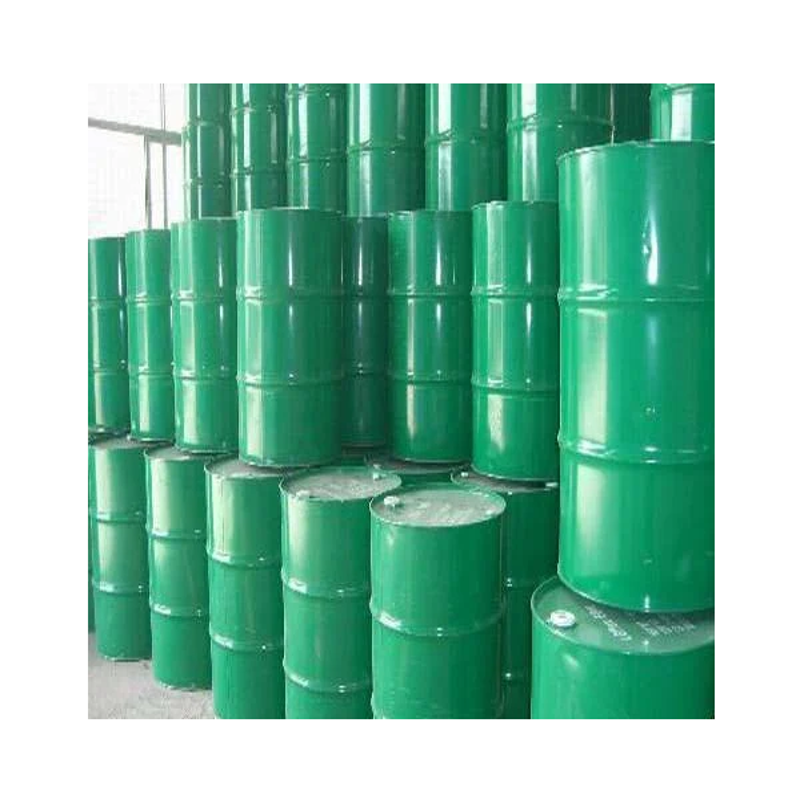-
Categories
-
Pharmaceutical Intermediates
-
Active Pharmaceutical Ingredients
-
Food Additives
- Industrial Coatings
- Agrochemicals
- Dyes and Pigments
- Surfactant
- Flavors and Fragrances
- Chemical Reagents
- Catalyst and Auxiliary
- Natural Products
- Inorganic Chemistry
-
Organic Chemistry
-
Biochemical Engineering
- Analytical Chemistry
-
Cosmetic Ingredient
- Water Treatment Chemical
-
Pharmaceutical Intermediates
Promotion
ECHEMI Mall
Wholesale
Weekly Price
Exhibition
News
-
Trade Service
Recently, researchers at University College London in the United Kingdom have developed a new optical fiber conduction technology, using the Kerr effect to improve the transmission distance of data in ordinary optical fiber cables, which can achieve ultra-long-distance transmission without the use of repeaters, known as the "secondary electro-optic effect"
.
The Kerr effect is an effect
in which a substance changes its refractive index in response to an external electric field.
This phenomenon limits the distance
that coherent data can travel.
However, if repeaters are not used in glass optical fibers, the transmission distance of data is limited
to a certain extent.
The new method found in this study can improve the error-free transmission distance
of fiber optic cables without the use of repeaters by eliminating the interaction between different optical channels through a fiber optic cable, while using a new receiver and sophisticated signal processing algorithms.
The research is expected to further reduce the cost of long-distance fiber optic communications, so it is currently funded by the Engineering and Physical Sciences Research Council in the UK
.
It is reported that the researchers used a DP-16QAM (polarization multiplexed hexadecimal quadrature amplitude modulation) superchannel arranged by 7 channels of 10GBd subcarrier in an optical cable for optical transmission
.
This superchannel, combined with an optimized forward error correction algorithm, increases the maximum transmission distance from 3190 km to 5890 km
.
This new technology for processing optical fiber signals can not only greatly improve the data transmission efficiency, almost double the transmission distance of the signal, but also greatly reduce the cost
of the existing optical fiber transmission system.
Recently, researchers at University College London in the United Kingdom have developed a new optical fiber conduction technology, using the Kerr effect to improve the transmission distance of data in ordinary optical fiber cables, which can achieve ultra-long-distance transmission without the use of repeaters, known as the "secondary electro-optic effect"
.
The Kerr effect is an effect
in which a substance changes its refractive index in response to an external electric field.
This phenomenon limits the distance
that coherent data can travel.
However, if repeaters are not used in glass optical fibers, the transmission distance of data is limited
to a certain extent.
The new method found in this study can improve the error-free transmission distance
of fiber optic cables without the use of repeaters by eliminating the interaction between different optical channels through a fiber optic cable, while using a new receiver and sophisticated signal processing algorithms.
The research is expected to further reduce the cost of long-distance fiber optic communications, so it is currently funded by the Engineering and Physical Sciences Research Council in the UK
.
It is reported that the researchers used a DP-16QAM (polarization multiplexed hexadecimal quadrature amplitude modulation) superchannel arranged by 7 channels of 10GBd subcarrier in an optical cable for optical transmission
.
This superchannel, combined with an optimized forward error correction algorithm, increases the maximum transmission distance from 3190 km to 5890 km
.
This new technology for processing optical fiber signals can not only greatly improve the data transmission efficiency, almost double the transmission distance of the signal, but also greatly reduce the cost
of the existing optical fiber transmission system.







